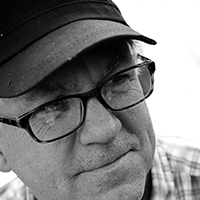Half Full
Photo Illustration by Elizabeth Brockway/The Daily Beast
Brain Freeze: The Birth of Louisiana’s Drive-Thru Daiquiri Stand
ONE FOR THE ROAD
The amazing story of how the drive-up Daiquiri stand was created and became a hallmark of Louisiana.

Trending Now





